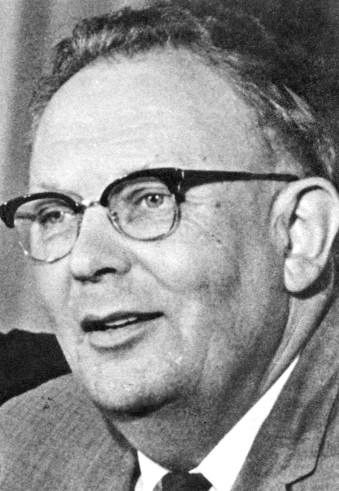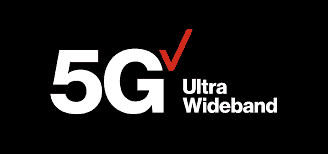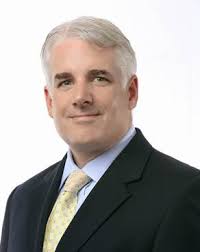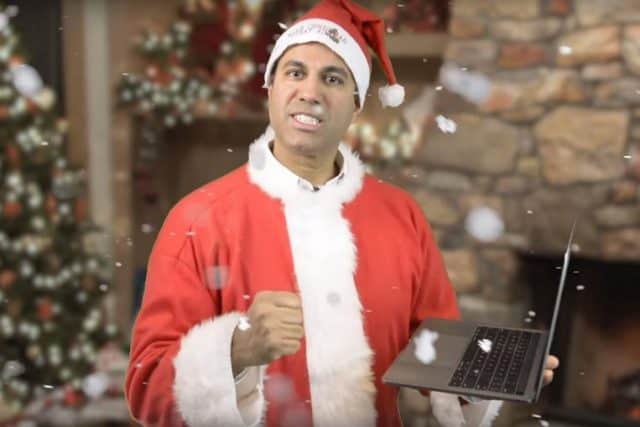 Amazon is planning to finance the launch of a new global satellite internet service, powered by a fleet of more than 3,000 low Earth-orbiting satellites that will deliver high-speed internet service to rural underserved and unserved communities, opening up the possibility of millions of potential new Amazon.com customers.
Amazon is planning to finance the launch of a new global satellite internet service, powered by a fleet of more than 3,000 low Earth-orbiting satellites that will deliver high-speed internet service to rural underserved and unserved communities, opening up the possibility of millions of potential new Amazon.com customers.
Known as Project Kuiper, named after a famous Dutch-American astronomer, the project is enthusiastically backed by Amazon founder Jeff Bezos, and will require billions of dollars in investment. The proposal claims Amazon will launch 3,236 small satellites into space in about a decade, which experts claim is plenty of time for the ambitious project to either flourish, be changed, or scrapped under pressure from Wall Street.
“Project Kuiper is a new initiative to launch a constellation of low Earth orbit satellites that will provide low-latency, high-speed broadband connectivity to unserved and underserved communities around the world,” an Amazon spokesperson said in an emailed statement. “This is a long-term project that envisions serving tens of millions of people who lack basic access to broadband internet. We look forward to partnering on this initiative with companies that share this common vision.”
Although the marketing focus of the project will be on reaching rural and unserved areas, the satellite broadband network would deliver data coverage anywhere within a range of 56 degrees north to 56 degrees south latitude, which would cover virtually every continent, except extreme South America, Antarctica, parts of far northern Russia, Alaska, and Canada. About 95 percent of the world’s population would be reached by Amazon’s satellite project. Most similar ventures promise much faster and more responsive service than traditional satellite internet service, at a much lower cost.

Kuiper
But CNBC reported the road to the next generation of satellite internet access “is littered with companies that tried, and failed, to pull off a coup in space-based internet.”
- 2015: Facebook scrapped plants to spend up to $1 billion on satellite internet access for Africa and other under-covered continents.
- 2002: Teledesic closed its doors after spending $9 billion on a similar low Earth-orbiting satellite project backed by Microsoft founder Bill Gates.
Amazon could have competition if any of the projects still in progress actually begin offering service.
- Elon Musk’s SpaceX launched two test satellites for its “Starlink” network last year, the first step toward its goal of a constellation of 4,425 satellites.
- In March 2019, Softbank-backed OneWeb launched the first six satellites of its network, which plans to begin with a constellation of 650 interconnected satellites.
- Boeing and Canadian satellite operator Telesat have their own plans for a satellite internet project.
Amazon has very deep pockets and has the financial capacity to fully fund the project, but not without likely protests from investors concerned about the cost and history of earlier flopped ventures. Additional details can be found in these three sets of filings made with the International Telecommunications Union last month by the Federal Communications Commission on behalf of the Amazon-backed venture.


 Subscribe
Subscribe Cable ONE today announced it has acquired family owned cable operator Fidelity Communications, in a $525.9 million cash deal.
Cable ONE today announced it has acquired family owned cable operator Fidelity Communications, in a $525.9 million cash deal. Louisiana
Louisiana
 Some residents suffer with satellite internet, which has proven to be largely a bust and source of frequent frustration. Slow speeds and frequent application disruptions leave customers with web pages that never load, videos that don’t play, and cloud-based applications far too risky to rely on. Others are sneaking by using their mobile phone’s hotspot for in-home Wi-Fi, at least until their provider throws them into the penalty corner for using too much data.
Some residents suffer with satellite internet, which has proven to be largely a bust and source of frequent frustration. Slow speeds and frequent application disruptions leave customers with web pages that never load, videos that don’t play, and cloud-based applications far too risky to rely on. Others are sneaking by using their mobile phone’s hotspot for in-home Wi-Fi, at least until their provider throws them into the penalty corner for using too much data. With funding for the area seemingly “on hold,” the Bradford’s school district stepped up and found $456,000 from the community’s share of the state’s Smart Schools bond fund, which supplied $2 billion for school districts to spend on technology products and services. Instead of buying iPads or more computers, school officials announced
With funding for the area seemingly “on hold,” the Bradford’s school district stepped up and found $456,000 from the community’s share of the state’s Smart Schools bond fund, which supplied $2 billion for school districts to spend on technology products and services. Instead of buying iPads or more computers, school officials announced  Verizon, the country’s leading provider of millimeter wave 5G wireless broadband, is promising to expand service nationwide, but admits it will only service urban areas where the economics of small cell/fiber network infrastructure makes economic sense.
Verizon, the country’s leading provider of millimeter wave 5G wireless broadband, is promising to expand service nationwide, but admits it will only service urban areas where the economics of small cell/fiber network infrastructure makes economic sense.

 Pai’s office this week released
Pai’s office this week released 